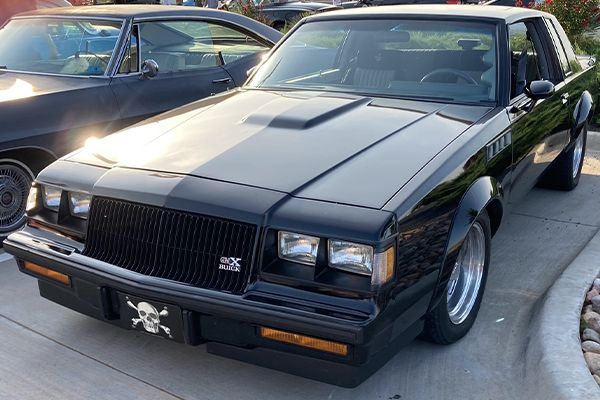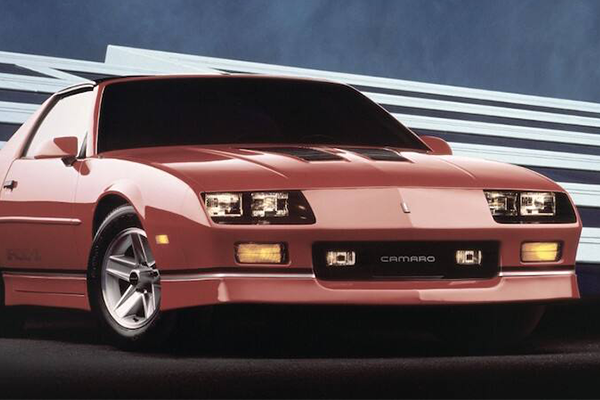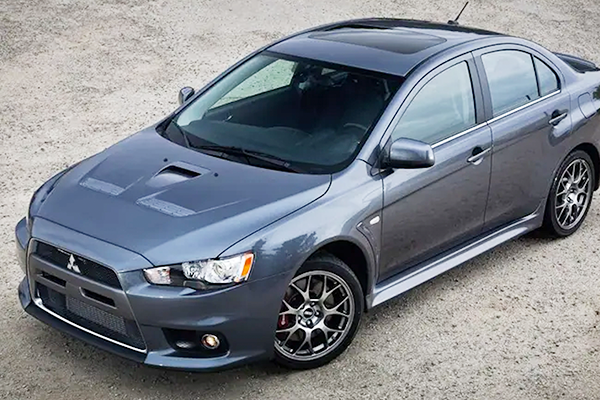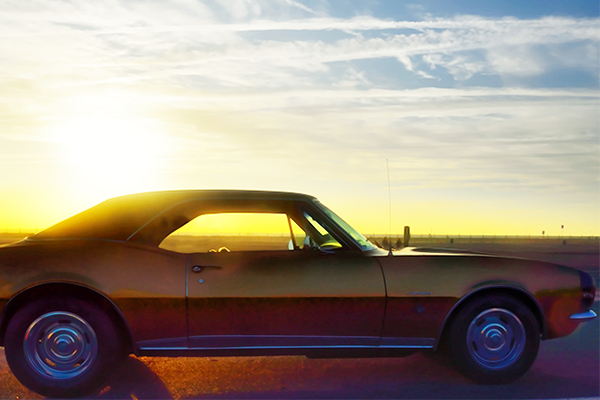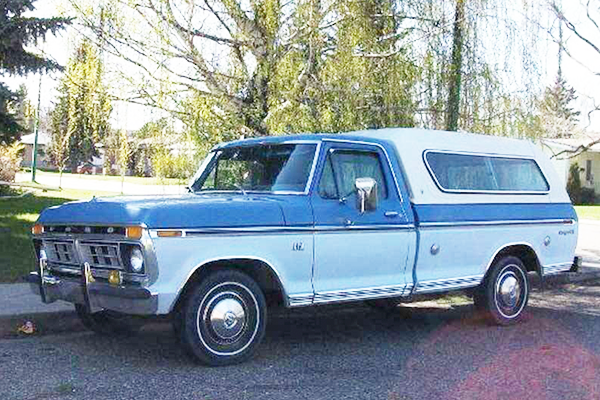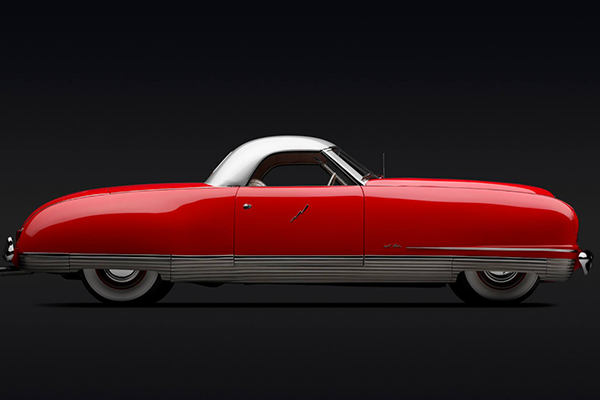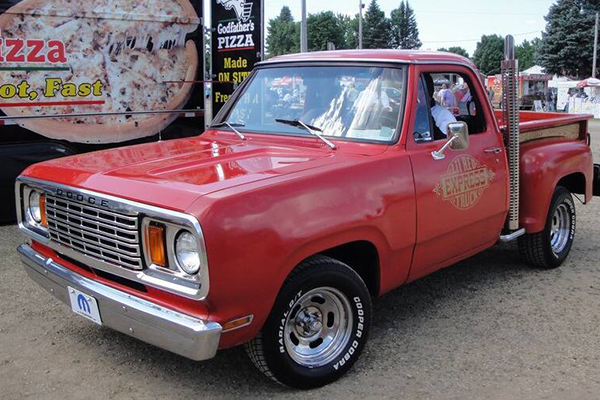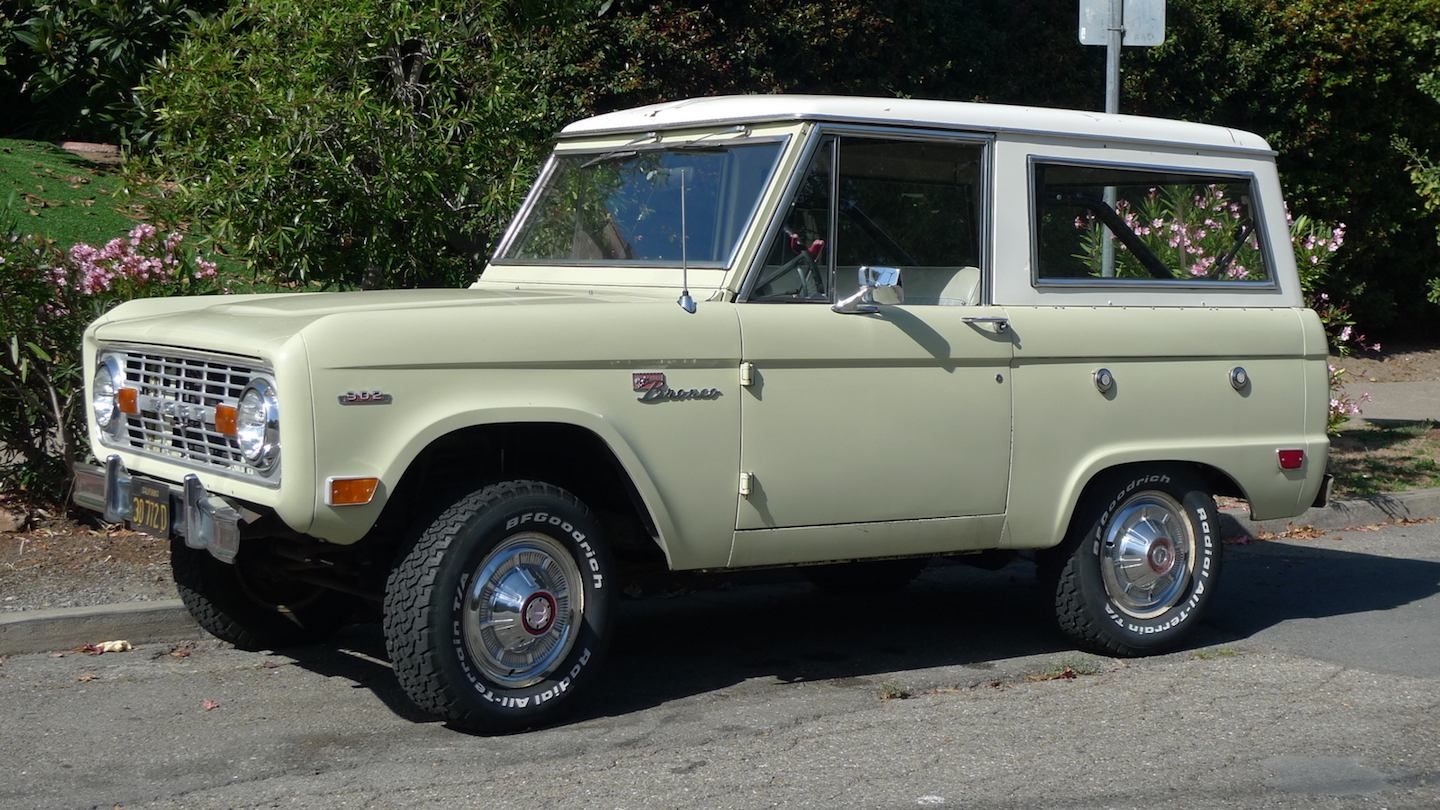 Source | Andrew Duthie/Flickr
Source | Andrew Duthie/Flickr
Over the last 50 years, dozens of SUVs and off-roaders debuted only to become stuck in the ruts and mud holes of history, forgotten. There are very few legends in this arena, but the Ford Bronco name recalls off-road fun in an affordable and efficient package. For 30 years, the Bronco was a Spartan, capable vehicle that was everything the modern flabby crossover isn't: awesome.
1966: Creating a legend
Ford fans will recognize the names Lee Iacocca and Donald Frey as fathers of the massively successful Ford Mustang. Iacocca liked small vehicles and Frey was riding high after huge Mustang sales numbers, so the pair tried again with what was conceived as an off-road Mustang. Lightning struck twice.
The only real competition of the time came from the Jeep CJ, whose ancient design harked back to the WWII military Jeep. It looked great, but was cramped inside and down on power. Ford solved both issues with its 1966 Bronco. Larger inside but still compact externally, the Bronco could be fitted with the same engine as the Mustang, a 289 V8. The CJ didn't offer any size V8.
Available in truck, convertible, and wagon forms, the innovative design of the Bronco could adapt to drivers' outdoor needs. The Bronco wasn't just more powerful; it was all-around better. Instead of harsh-riding solid axles and leaf springs up front, the first-generation Bronco had coil springs and a three-link-style suspension for better on-road handling, but was still capable and durable when mudding.
Later, the truck gained the 302 V8 and an automatic. With just minor changes over the 11-year first generation, the Bronco gradually lost sales to bigger competition. Still, collectors consider the last '76-'77 trucks some of the most sought-after Broncos. These years gained factory options like heavy-duty Dana 44 axles, power steering, and power disc brakes, all making the late first-gens comfortable on-road and durable off-road. The early Bronco was one steed that wouldn't let you down.
1978: A full-size workhorse
Source | Magley64
The second generation was brief, at only two years. Why a full redesign for such a short time? The original Bronco was uncompetitive by the time it left the market, outgunned by vehicles like the Chevrolet Blazer and International Harvester Scout II. A larger, more powerful, and heavier-duty Bronco was in the works but had been delayed due to the '70s gas crunch. Ford didn't want to look irresponsible debuting a monster truck when gas was at a shocking dollar per gallon.
Once the supply crunch passed, the 1978 Bronco hit the streets and dirt trails. Essentially a half-ton F-100 truck with a shortened frame and a removable hardtop canopy over the bed, the Bronco was larger than its predecessor in every way, including under the hood. The base engine was a 351M, which was cool and all, but wrong for those penny-pinching times. The 400 V8 was available for extra cash, as the biggest engine available in any generation Bronco. It didn't have to stop there, though — since Ford dumped the huge 460 V8 into all kinds of cars and trucks in the late '70s, a 460 would drop right in. As is, the second-generation Bronco was an ogre on the street but could overpower hills, mud, and rocks when off-roading.
1980: Downsized and upscale
The 1980s were a different time and saw economy introduced across the range of models, including large cars, SUVs, and trucks. The third-generation Bronco was built on the new seventh-generation F-150 chassis, and parts sharing continued. Downsized in external dimensions and available engines, the Bronco gained an inline six as the base engine. It was somewhat fuel efficient, but lacked the ponies for towing. The 302 and 351M were optional for the V8 crowd. The independent front suspension helped road manners, and the interior was quieter and almost civil. The removable hardtop continued, as did seating for six, but competitors with four doors were starting to gain ground, and the Bronco was a bit softer than previous versions.
1987: Continued refinement
 1987 Ford Bronco, Source | IFCAR
1987 Ford Bronco, Source | IFCAR
In 1987, another new truck meant another generation of Bronco. This time underpinned by the F-150, the Bronco gained subtle front-end aerodynamic tricks and a complete redesign of the interior. Unfortunately, the same cubic-inch options continued, with a straight six, 302, and 351W. These were the digital Broncos, offering fuel injection. Enthusiasts cheered when transmissions gained a gear, getting to four speeds in the automatic and a five speed for the manual. The 1991 25th anniversary showed the Bronco getting old and Ford not caring. Rather than going hardcore on a retro 4x4 with monster capability, Ford offered red paint and leather. A flashy and comfy steed, but mainly marginalized.
1992 practicality and out to pasture
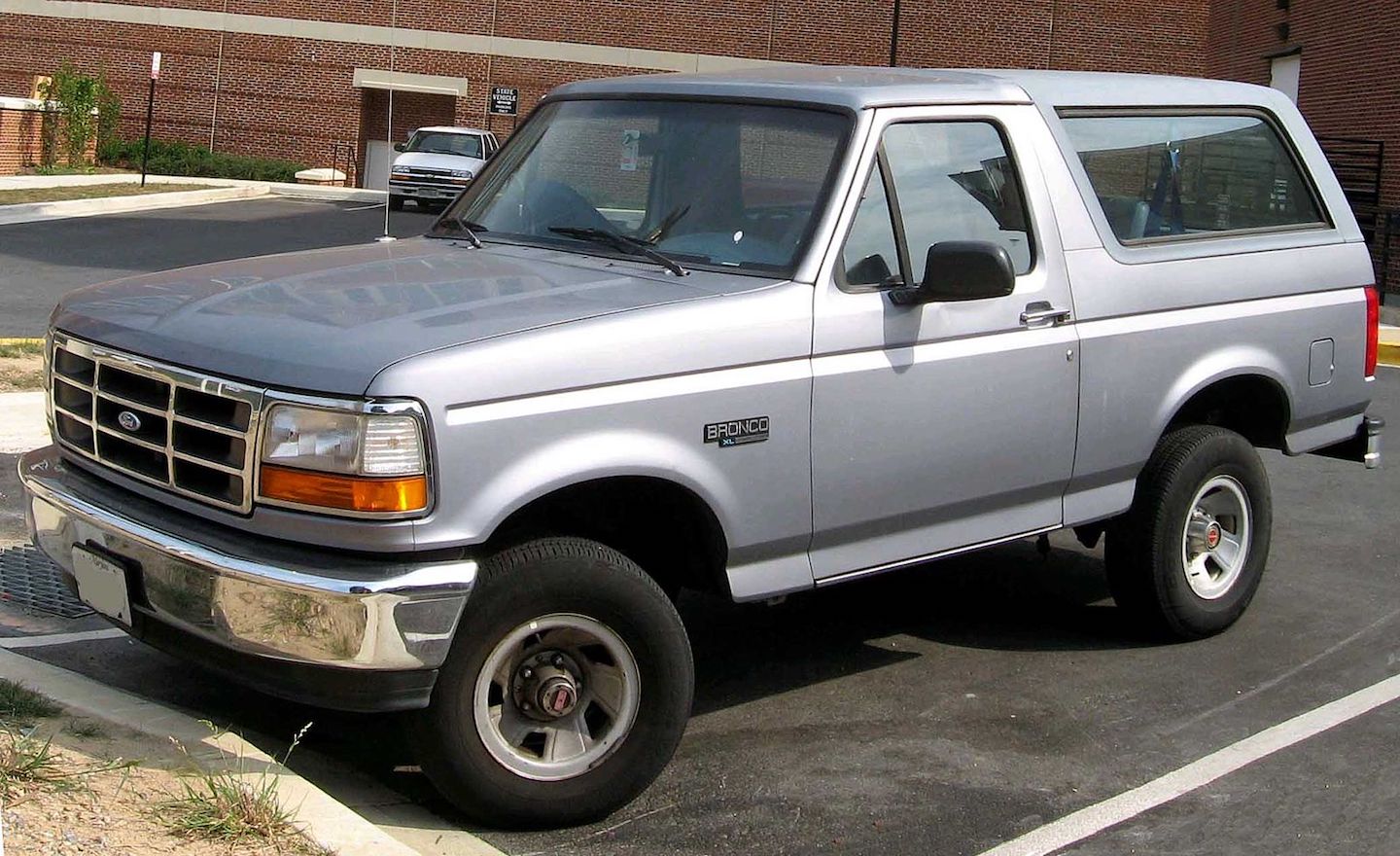 1992 Ford Bronco, Source | IFCAR
1992 Ford Bronco, Source | IFCAR
The 1992 Bronco was handsome, if tame looking. With buyers less interested in gas mileage, model bloat was not an issue, and the Bronco porked it on up to 4,600 pounds. Still, there were some standouts in the fifth generation. 1996 is the winner here, as it had OBD2 for easy tuning and troubleshooting, and cool mirrors with turn indicators in the side mirror glass. The 351W was the choice for solid towing, with manual hubs, quad shocks, and tow package for possibly the best '90s all-around SUV. While a great rig, the Bronco lost ground to the Chevy Tahoe and GMC Yukon, and their reliable and quiet all-metal construction.
The Bronco's removable roof was awesome fun, but NVH suffered with wind noise, squeaks, and rattles. Power was adequate from the aging V8s, but gas mileage was terrible, seeing 20 MPG downhill. The two-door design looked great, but proved less popular than four-doors like Grand Wagoneer and Suburban. Buyers wanted looks but bought convenience. Outclassed as an on-roader, Ford dropped the Bronco for the clean-sheet four-door Expedition in 1997.
Rumors and Return
So if it was outclassed and inconvenient, why did the Bronco matter and why are its competitors mostly forgotten? It was a cheap and simplistic vehicle that was ready to take you on an adventure, any time you wanted to go. The idea of a fun, affordable off-roader is what people remember, rather than the rattles and poor gas mileage. Add some nostalgia, great stories, and experiences from owners, and it's no wonder the Bronco is still talked about today.
After years of rumors, internet claims, and even a couple of concept trucks and infamous renderings, Ford confirmed at the 2017 North American International Auto Show that the Bronco will return in 2020. We do know it will be built on the same platform as the new Ford Ranger, but details are still under wraps as of this writing. Enthusiasts hope for a capable compact that can take on the modern CJ, the Jeep Wrangler.
Corporate bean counters want the cheapest vehicle with readily available parts, so it may end up looking like a new Ranger with seats in back. Or it could be a mix of something in between, capable and corporate, like Toyota's FJ Cruiser. Ford just has to remember the original idea: simple, charismatic, honest, and fun. It worked before, and the Bronco just might be a hit again.
Ever driven a Bronco? Did it weasel its way into your heart? Tell us why in the comments!

